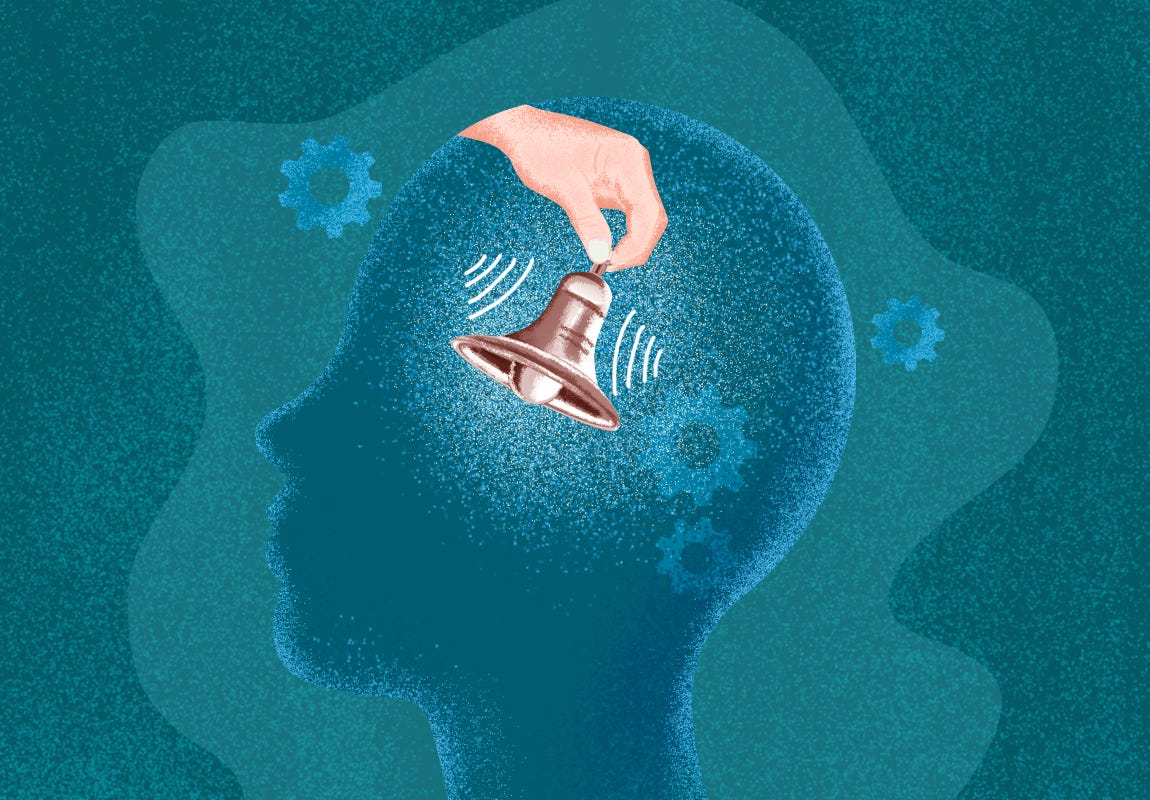Educational Implications of Behaviourist Assumptions and Classical Conditioning
We can deduce several implications for instructional settings from what we've heard so far about behaviourist ideas: It is critical to practise. According to behaviourists, people are more likely to learn when they have the opportunity to act, such as when they can talk, write, experiment, or demonstrate. In an ideal world, students should be active participants in the learning process rather than passive recipients of whatever knowledge or skill is being imparted
Many behaviourists have emphasized the importance of repeated stimulus-response associations. strengthens those connections. If people must thoroughly learn responses to specific stimuli, it is critical to practice. Students, for example, will learn basic addition and subtraction facts more effectively. If they continually repeat those facts—perhaps using flash cards or applying those facts frequently in problem-solving tasks. Similarly, many reading teachers think that simply reading is the best way for students to improve their reading level.
Students should encounter academic material in a positive environment and associate it with pleasant emotions. The persistence and generalizability of some classically conditioned responses point to the importance of creating a positive classroom climate for students from the start. Students should perform academic tasks in situations that elicit pleasant emotions, such as pleasure, exuberance, and joy, rather than situations that elicit anxiety, disappointment, or anger. When students associate academic subject matter with pleasant emotions, they are more likely to explore it on their own initiative. For example, when children have positive early experiences with books, they are more likely to read frequently and widely in later years (L. Baker, Scher, & Mackler, 1997).
When schoolwork or a teacher, on the other hand, is associated with punishment, humiliation, failure, or frustration, school and its curriculum can become sources of excessive anxiety. Some classroom activities, such as tests, oral presentations, and difficult subject matter, are particularly likely to be associated with unpleasant outcomes such as failure or embarrassment, and students may quickly become anxious when participating in them (Cassady, 2010a; Zeidner & Matthews, 2005).
Educators have frequently argued that school should be a place where students experience more success than failure, and classical conditioning provides support for this claim. To maximise such success, teachers should plan their curriculum with students' existing knowledge, skills, and cognitive maturity in mind, and they should provide the resources and assistance that students require to complete classroom tasks successfully. They should also take extra precautions when assigning difficult tasks to students in front of others. For example, if students are required to give oral presentations in class, their teacher may make specific recommendations about what material to present and how to present it in such a way that classmates will respond positively.
However, this is not to say that students should never face failure. When students must wrestle, errors are unavoidable, and challenging activities are more likely to promote cognitive growth than easy ones with difficult problems and assignments However, when students fail too frequently, either academically or socially, their schoolwork or social relationships—for example, when one or more peers consistently bully them—school can quickly become a conditioned stimulus that results in such counterproductive behaviour. Fear and anxiety are examples of conditioned responses. Once conditioned, these responses can be very resistant to extinction and thus can impair a student's ability to learn effectively for many years to come
A learner must replace one S-R connection with another to break a bad habit. A bad habit can be thought of as an unfavourable stimulus-response association. One early behaviourist (Guthrie, 1935) proposed three ingenious techniques specifically designed to break habits; the second and third are aspects of the previously described counterconditioning approach:
Exhaustion method: One method for breaking a stimulus-response habit is to keep presenting the stimulus until the individual is too tired to respond in the habitual manner. A new response will occur at that point, and a new S-R habit will form. When breaking a bucking bronco, for example, the persistent rider (the stimulus) stays on the horse's back until the horse is too exhausted to buck any longer, allowing a more desirable habit (e.g., a rider may now elicit standing-still behaviour) to take its place. Similarly, if a child is constantly disrupting classroom activities with a certain behaviour (e.g., cracking jokes, throwing objects across the room), a teacher may eliminate the behaviour by having the child stay after school to repeatedly repeat it until he or she is no longer disrupting classroom activities.
Threshold method: Another method for breaking a habit is to present the stimulus very faintly at first, so that the individual does not respond to it in the habitual manner. The intensity of the stimulus is then gradually increased so that the individual continues to ignore it. For example, if a child has test anxiety—that is, when a test stimulus causes an anxiety response—a teacher may alleviate the child's anxiety by first presenting enjoyable tasks that are only tangentially related to a test. Over time, the teacher can present a series of tasks that gradually (but steadily) begin to resemble tests.
Method of incompatibility: A third approach is to present the stimulus when the habitual response is not possible and an opposite, or incompatible, response is possible. Consider a classroom full of highly motivated students who are overly competitive with one another. To dampen their competitive spirit, the teacher could divide the class into small groups and assign each group an academic task that requires cooperation rather than competition (for example, developing an argument for one side of an issue in a class debate). Giving grades based on group performance rather than individual performance should increase the likelihood of students cooperating rather than competing. Under these circumstances, cooperative behaviour should take the place of competitive behaviour (C. Ames, 1984; D. W. Johnson & Johnson, 2009b).


